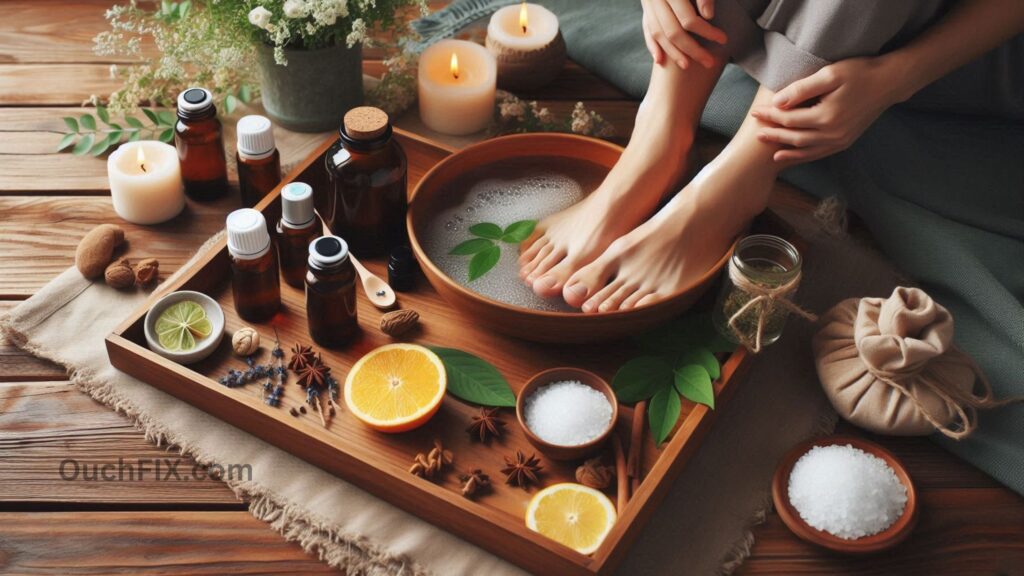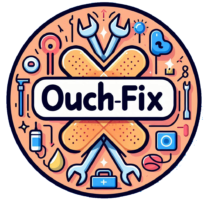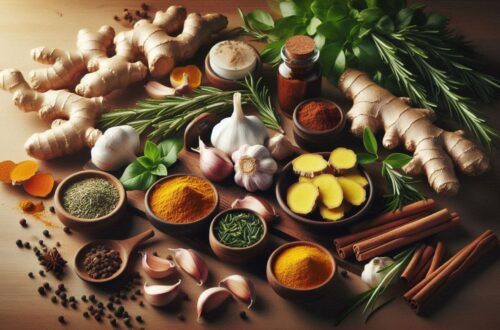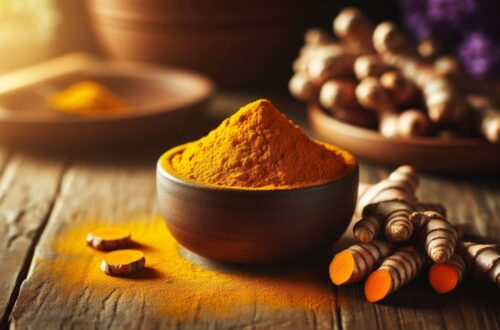Living with rheumatoid arthritis (RA) or other forms of arthritis can feel overwhelming. The constant pain, stiffness, and fatigue often interfere with everyday life. While medical treatments prescribed by your doctor remain essential for managing RA, many people also turn to natural remedies to complement their care.
The good news? A wide variety of safe, research-backed natural remedies may help ease arthritis pain, improve mobility, and support overall well-being. From professional therapies like acupuncture to at-home strategies such as heat and cold packs, these methods can often fit seamlessly into your daily routine.
In this guide, we’ll explore safe natural remedies for arthritis pain, backed by science and expert insights. You’ll also discover practical tips, real-world examples, and answers to common questions so you can make informed choices about your arthritis care.
Working with Professionals
Certain natural therapies require guidance from trained practitioners. These professional treatments can be excellent additions to your arthritis management plan.

Acupuncture
Acupuncture, a 3,000-year-old practice from Traditional Chinese Medicine, involves placing thin needles at specific points on the body to restore energy balance or “qi.”
While research on acupuncture for RA is limited, several studies suggest it may:
- Reduce chronic pain (especially in the back and knees)
- Lower inflammation markers
- Improve sleep and relaxation
Pro tip: Always choose a licensed acupuncturist. Your rheumatologist may be able to recommend a trusted practitioner.
Biofeedback
Biofeedback helps patients gain control over involuntary bodily functions such as heart rate, breathing, and muscle tension.
During a session:
- Sensors monitor your body’s stress responses.
- A therapist teaches you relaxation techniques to regulate these responses.
- Over time, you learn how to control tension and potentially reduce arthritis-related pain.
According to the Cleveland Clinic, biofeedback can be particularly effective for chronic pain conditions and stress management.
Massage Therapy
Massage has been used for centuries as a healing tool, and modern research supports its role in easing arthritis discomfort.
Benefits include:
- Improved circulation
- Reduced stiffness and pain
- Relaxation and better sleep
Important tips:
- Avoid heavily scented oils if you have skin sensitivities.
- Always consult your doctor first.
- Choose a massage therapist experienced in arthritis care.
- Inform them about sensitive joints or flare-ups.

Also Read: What are the Best Mindfulness Techniques for Reducing Chronic Pain?
At-Home Remedies
The best remedies are often the simplest. These at-home strategies are safe, affordable, and easy to integrate into your lifestyle.

Exercise
Movement may feel counterintuitive when your joints hurt, but it’s one of the most effective natural treatments for arthritis.
A well-rounded exercise program can include:
- Aerobic activity: Walking, swimming, or cycling to strengthen the heart and reduce fatigue.
- Strength training: Using light weights or resistance bands to support and protect joints.
- Range-of-motion exercises: Gentle stretches to maintain flexibility.
- Balance exercises: Yoga poses or standing on one foot to reduce fall risk.
💡 Real-world example: A 2018 study in Arthritis Care & Research found that RA patients who participated in supervised exercise experienced significantly less pain and greater mobility compared to those who remained sedentary.ignificantly less pain and greater mobility compared to those who remained sedentary.
Heat & Cold Therapy
Both hot and cold therapies can ease RA pain—but they serve different purposes.
- Cold therapy: Best for flare-ups. Apply an ice pack for 10–15 minutes at a time to reduce inflammation and swelling. Always place a thin towel between your skin and the ice.
- Heat therapy: Best for stiffness. Use a warm towel, heating pad, or hot shower to relax muscles and boost blood flow.
⚠️ Caution: People with heart disease or high blood pressure should limit hot tub or sauna use. or sauna use.

Also Read: Which Natural Supplements Help Ease Muscle Soreness?
Pain-Relief Creams and Gels
Topical creams can pPain-Relief Creams & Gels
Topical creams can provide localized relief without affecting the rest of the body.
- Capsaicin creams: Derived from chili peppers, capsaicin reduces pain signals in the nerves.
- Over-the-counter gels: Many contain menthol or salicylates, which produce a cooling effect.
🚫 Avoid using these creams with heating pads to prevent burns.
Relaxation Techniques
Chronic pain often worsens under stress. Simple relaxation techniques can break this cycle.
- Deep breathing: Inhale slowly through the nose, exhale gently through the mouth.
- Meditation: Focus on your breath or repeat a calming phrase.
- Progressive muscle relaxation: Tense and relax each muscle group, starting from head to toe.
Tai Chi & Yoga
Gentle movement practices such as tai chi and yoga are especially arthritis-friendly.
Benefits include:
- Increased balance and flexibility
- Reduced joint stiffness
- Lower levels of inflammation
- Better stress management
Look for classes led by instructors experienced with arthritis or chronic pain patients.
Turmeric
Turmeric, a golden spice widely used in Indian cooking, contains curcumin, a compound with strong anti-inflammatory properties.
- Studies suggest curcumin may work as effectively as some nonsteroidal anti-inflammatory drugs (NSAIDs) for reducing joint pain.
- Add turmeric to curries, smoothies, or take standardized supplements (always check with your doctor first).
Visualization
Mental imagery techniques can help shift focus away from pain.
Example: Close your eyes and imagine yourself walking along a quiet beach. The waves are gentle, the sun is warm, and your body feels light and free of pain.
This form of guided imagery can reduce stress and promote relaxation.
Alternative Remedies
Some alternative therapies are popular among arthritis patients, though evidence varies.

Magnets
Magnet therapy, often in the form of bracelets or pads, is marketed for arthritis relief.
- Evidence for RA is limited.
- Some studies show benefits in osteoarthritis patients, but results remain mixed.
Aromatherapy & Essential Oils
Essential oils may not directly reduce inflammation, but they can support mood and relaxation.
- Lavender: Calming, promotes better sleep.
- Lemon: Uplifting, can reduce stress.
- Peppermint: Cooling, provides a soothing sensation.
Always dilute essential oils with a carrier oil and patch-test before use.
Thunder God Vine
Thunder God Vine (Tripterygium wilfordii) is a traditional Chinese herbal remedy with strong anti-inflammatory effects.
Research suggests it may improve RA symptoms, but it comes with serious risks:
- Digestive issues
- Hair loss
- Infertility in men
- Unsafe during pregnancy or osteoporosis
⚠️ Quality control is another issue. Always consult your doctor before considering this herb.er issue. Always consult your doctor before considering this herb.

Also Read: What Practices Aid Recovery After a Sprain?
A Note on Supplements
Some supplements show promise for arthritis relief, but research is still developing.
Common examples include:
- Omega-3 fatty acids (fish oil): Reduce inflammation.
- Vitamin D: Supports bone and joint health.
- Glucosamine & chondroitin: Popular for osteoarthritis, but mixed results in RA.
👉 Always inform your doctor about any supplements you take, since they may interact with prescribed medications.
Conclusion & Next Steps
Managing arthritis pain naturally doesn’t mean abandoning medical care. Instead, think of natural remedies as complementary tools to support your treatment plan. From acupuncture and massage to simple lifestyle shifts like exercise, turmeric, and relaxation techniques, there are many safe options to explore.
Next step: Talk with your doctor about which remedies fit your condition, lifestyle, and medications. By combining conventional care with evidence-based natural approaches, you’ll be better equipped to reduce pain, stay active, and improve your quality of life.
Frequently Asked Questions (FAQs)
Q1. Can natural remedies replace arthritis medication?
No. Natural remedies are best used alongside prescribed treatments—not as replacements. Always consult your rheumatologist before making changes.
Q2. Which home remedy works fastest for arthritis pain?
Heat and cold therapy often provide quick relief, while long-term lifestyle changes like exercise and turmeric take time to show benefits.
Q3. Is turmeric safe for everyone with arthritis?
Generally safe in food amounts, but high-dose supplements can interact with blood thinners and diabetes medications. Consult your doctor first.
Q4. Can yoga worsen arthritis pain?
When practiced under guidance, yoga is safe and beneficial. Avoid extreme poses and listen to your body.
Q5. Are essential oils effective for joint pain?
They won’t cure arthritis but can improve mood and relaxation, which indirectly reduces pain perception.




